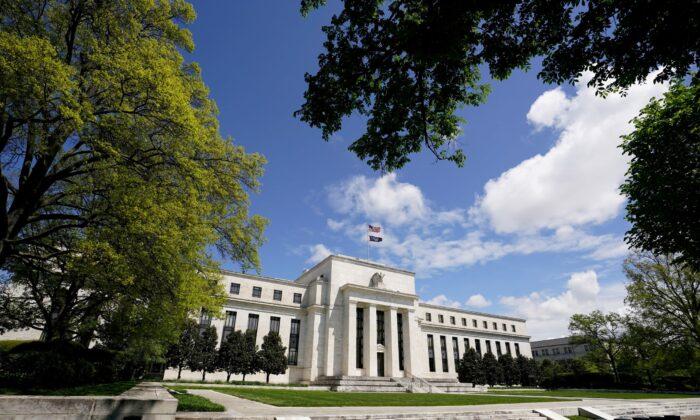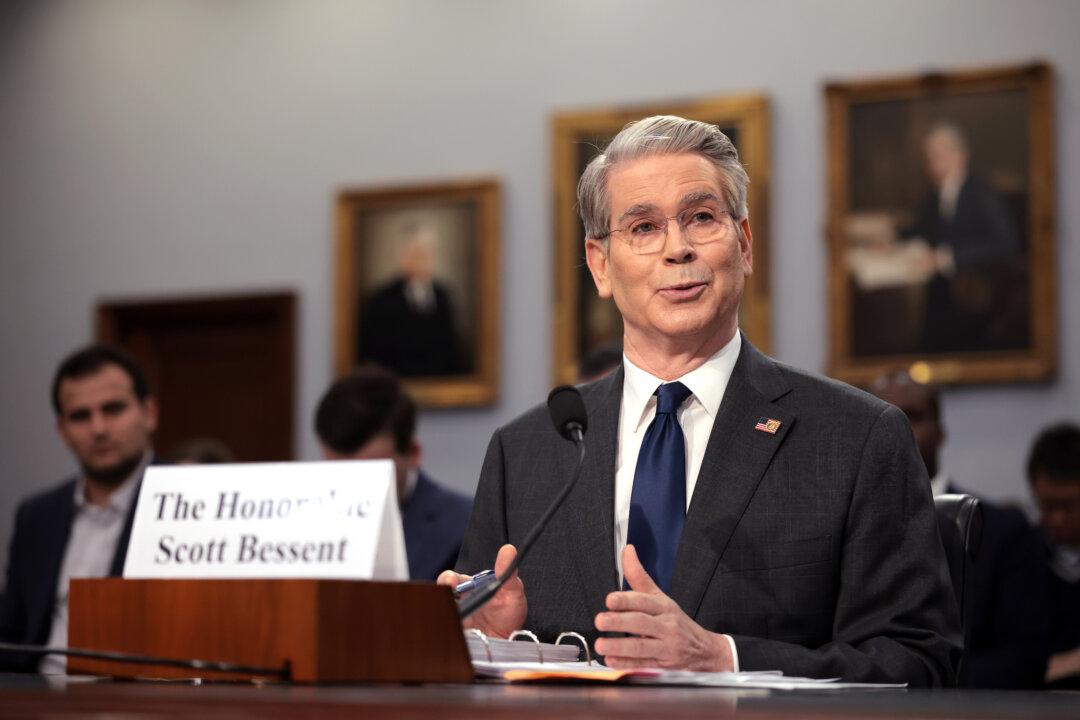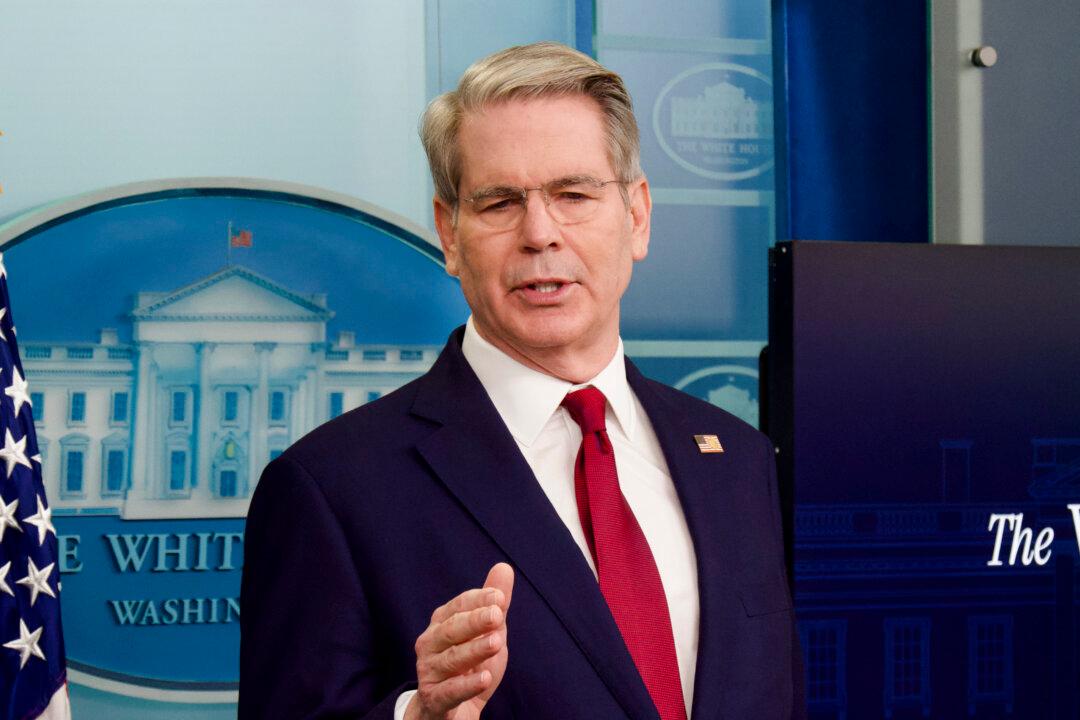Policymakers said the timing and pace of shrinking the balance sheet would be determined by the rate-setting committee’s dual mandate of full employment and price stability objectives.
Although the FOMC is adopting a meeting-by-meeting approach to quantitative tightening, “participants generally noted that current economic and financial conditions would likely warrant a faster pace of balance sheet runoff than during the period of balance sheet reduction from 2017 to 2019.”
Moving forward, the officials agreed that “a significant reduction in the size of the balance would likely be appropriate,” noting that market conditions would be monitored closely to find an “appropriate longer-run level of reserves and the size of the balance sheet.”
While March is the end date of its pandemic-era asset-buying initiative, some FOMC members wanted a quicker conclusion to its balance sheet expansion. But rather than finish those asset purchases ahead of schedule, the central bank will acquire another $20 billion in Treasurys and close to $30 billion in mortgage-backed securities in the next month.
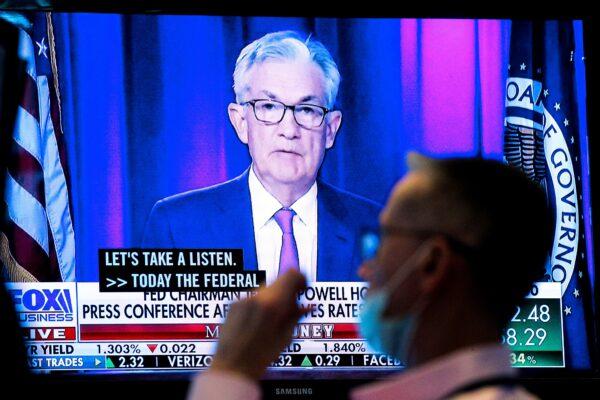
“A couple of participants stated that they favored ending the Committee’s net asset purchases sooner to send an even stronger signal that the Committee was committed to bringing down inflation,” the minutes read.
Inflation played a big role in the policy meeting, as it was mentioned 73 times, according to the minutes.
The Fed believes inflation will decline for the rest of the year as supply improves, demand dissipates, and monetary policy support is removed. At the same time, some members noted that inflation pressures have broadened into various other sectors and the overall economy.
“Participants acknowledged that elevated inflation was a burden on U.S. households, particularly those who were least able to pay higher prices for essential goods and services,” the minutes read.
Still, the FOMC anticipates easing inflation data for the rest of 2022 and beyond.
“Input and output price components of PMIs [purchasing managers indexes] provided some tentative signs that easing supply constraints have started to contribute to some letup in inflationary pressures in several foreign economies,” the minutes read.
The institution is forecasting that the personal consumption expenditure (PCE) price index will clock in at 2.6 percent in 2022, 2 percent in 2023, and 2.1 percent in 2024. The PCE price index, which is the Fed’s favorite gauge of inflation, experienced its largest increase since July 1982, climbing by 5.8 percent year-over-year in December 2021.
Accommodative Monetary Policy
Despite the Fed’s official view that quantitative easing is coming to an end, one prominent individual has said that the central bank will continue to provide “accommodative policy.”“I do think we need to front-load more of our planned removal of accommodation than we would have previously. We’ve been surprised to the upside on inflation. This is a lot of inflation,” St. Louis Fed Bank President James Bullard told CNBC on Feb. 14. “We’re only removing accommodation, so it’s still an accommodative policy as we go through these initial rate hikes. They’re rather cheap, actually.”
The benchmark federal funds rate has been parked near zero since the start of the COVID-19 pandemic. Whether the central bank moves ahead with a 25- or 50-basis-point rate hike in March, rates would still be historically low.
Bullard has gotten into hot water as of late, calling for a 100-basis-point worth of hikes by July. However, several of his colleagues have rejected this level of aggression, arguing that there’s no justification for accelerating upward movement on interest rates.
Market analysts purport that it’s too late, as the Fed might have missed the boat on fighting inflation.
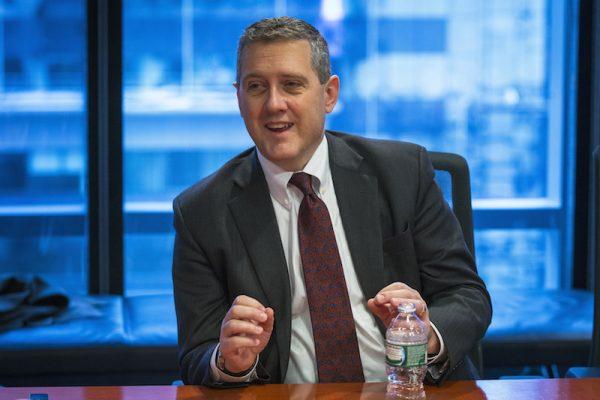
“Policy mistakes out of Washington, in Mr. Magoo’s Washington—we warned that Washington can wreck even the best parties with bad policy,” Nancy Tengler, CEO and CIO of Laffer Tengler Investments, wrote in a note. “We have seen policy mistakes aplenty and, still, the resilient U.S. economy has hummed along. But beware inflation, which can erode nominal growth in a hurry.
“The Fed is very late to act.”
Others contend that rate hikes will fail to address many factors contributing to rampant inflation in the post-COVID-19 economy, namely the supply chain crisis that has led to nationwide shortages.
“No amount of rate hikes will resolve these shortages, yet the Fed wants rates higher and a smaller balance sheet,” Bryce Doty, senior portfolio manager at Sit Investment Associates, told The Epoch Times.
His prediction?
“We expect one or two 50 bp [basis-point] increases sometime this year and for Fed Funds to rise by 1.5 percent to 2 percent over the next 12 months,” Doty said. “We also expect at least a half-trillion balance sheet reduction. The Fed wants dry powder for the next calamity.”
Financial Markets Respond
The U.S. financial markets trimmed most of their losses in the aftermath of the minutes.The Dow Jones Industrial Average lost about 100 points, the S&P 500 was flat, and the Nasdaq Composite Index fell by 60 points. The U.S. Dollar Index, which measures the greenback against a basket of currencies, fell below 96. The benchmark 10-year Treasury yield was flat at 2.045 percent. Gold prices hovered at about $1,870 per ounce, while Bitcoin stayed above $44,000.
